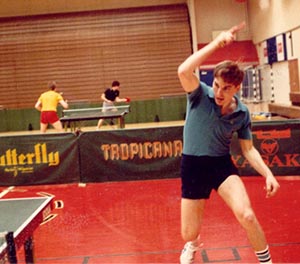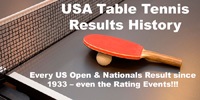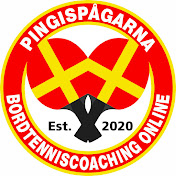Successful Clubs Build Each Other Up
I've often blogged about the best thing happening in U.S. table tennis right now - the rise of the full-time training center. There were about ten in 2006; now there are 67 in my listing, with another one about to join the list once I get their website. (Email me if you know of any that I'm missing.) One of the huge results is the number and depth of our elite juniors, which are better than anything we've had in the past - and it's not even close.
However, one of the consistent criticisms of these training centers is that they hurt other clubs. After all, a part-time club can't compete with a full-time club, right? And a full-time club will be hurt if another club opens up nearby, right?
Actually, the answer to both of these questions is a resounding NO. Successful clubs build each other up. In fact, often the best thing that can happen to a part-time club is if a full-time center opens nearby, and often the best thing that can happen to a full-time club is if another full-time club opens up - perhaps not next door, but in the region. It might lead to a temporary problem as you lose a few players, but in the long run the club gains.
Why is this? People worry too much about the competition for current players. This is similar to the arguments made so often in the past that there aren't enough players (read: current players) to sustain more than a few full-time clubs. What they didn't understand is that a successful club develops its own players. It only helps to have another club developing these players, i.e. increasing the market for your club.


 Photo by Donna Sakai
Photo by Donna Sakai


